
Parma Summer School 2021 – Food Safety Aspects of Integrated Food Systems
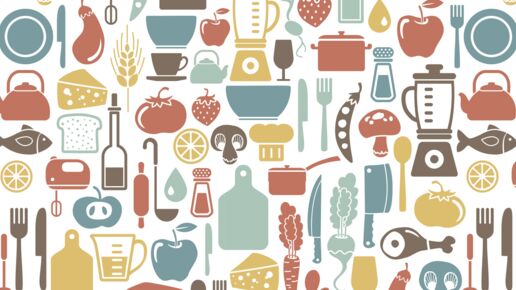
Grouping chemicals for joint assessments – have your say!
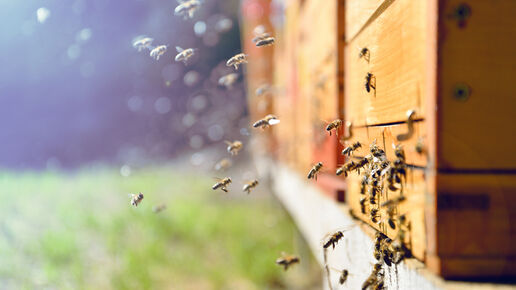
Protecting bees: a new way forward for risk assessment

Regulated products: webinar series to support applicants

Titanium dioxide: E171 no longer considered safe when used as a food additive
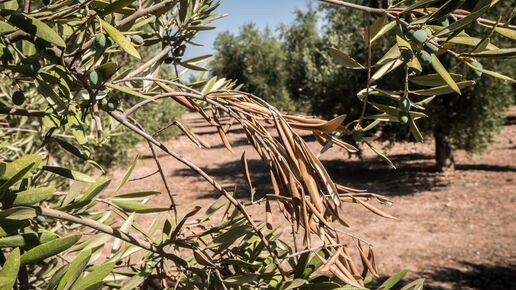
Xylella fastidiosa: ‘applied research’ the key to success

EFSA reports set to inspire future risk communications in Europe

African swine fever: risks from feed, bedding and transport

EFSA advises food suppliers on information for consumers

Defrosting food safely
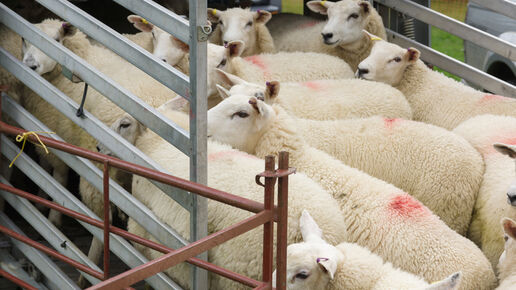
Animal transport: help us prepare our assessment
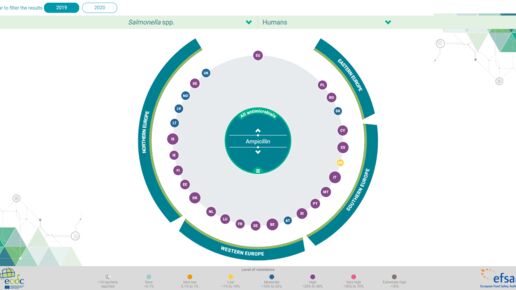
Antimicrobial resistance in Europe - 2019

Resistance levels still high in bacteria causing foodborne infections

Pesticides in food: latest figures published

2019 European Union report on pesticide residues - Annex I: EU-coordinated programme data visualization
EFSA dashboards are an interactive way of providing scientific information on EFSA topics. Click here to check out the data on pesticides residues from 2019.

Draft EFSA Strategy 2027 out for public consultation

Transparency in risk assessment: a new era begins

Veterinary drug residues: compliance still high

African swine fever: devising an ‘exit strategy’ for affected countries
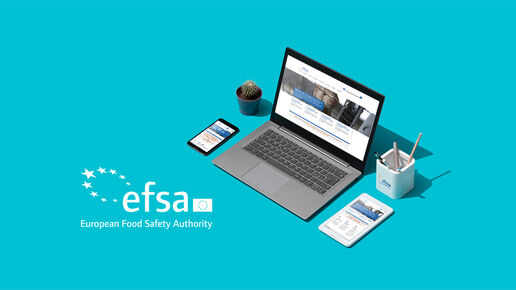
EFSA website gets a makeover
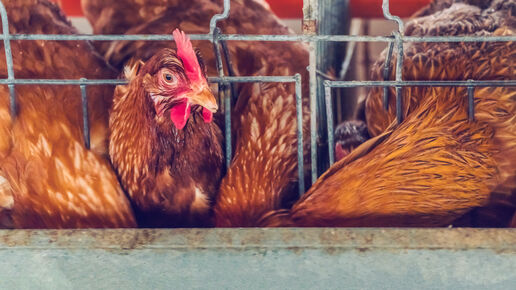
Avian influenza: 25 EU/EEA countries affected, latest report shows

Smoke flavourings: updated guidance for applicants
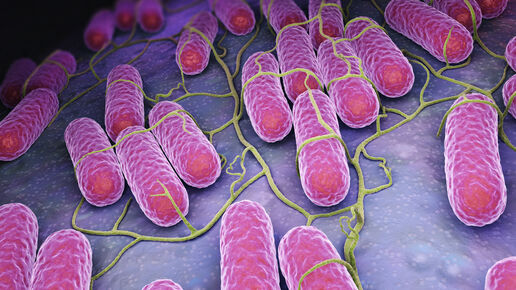
Campylobacter and Salmonella cases stable in EU
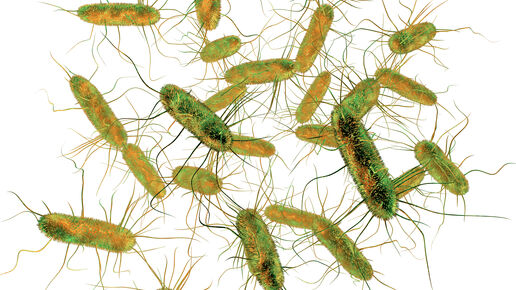
Foodborne outbreaks reported in 2019
EFSA dashboards are an interactive way of providing scientific information on EFSA topics. Click here to check out the latest data on foodborne outbreaks reported in 2019.

SARS-CoV-2 in mink: recommendations to improve monitoring
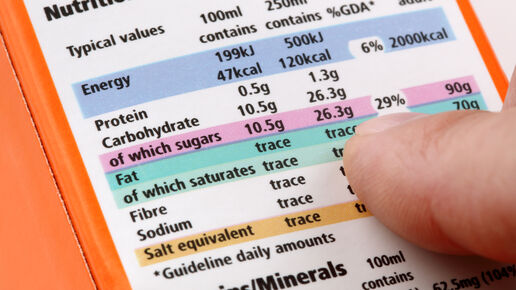
EFSA’s scientific advice to inform harmonised front-of-pack labelling and restriction of claims on foods

ONE – Health, Environment, Society – Conference 2022
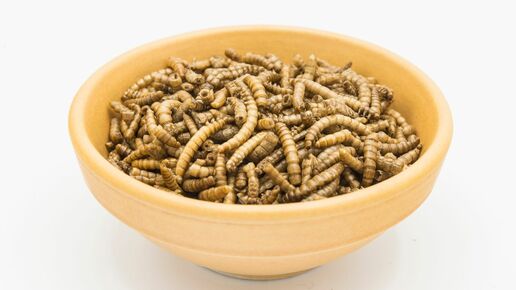
Edible insects: the science of novel food evaluations

New rules on transparency: detailed arrangements for stakeholders
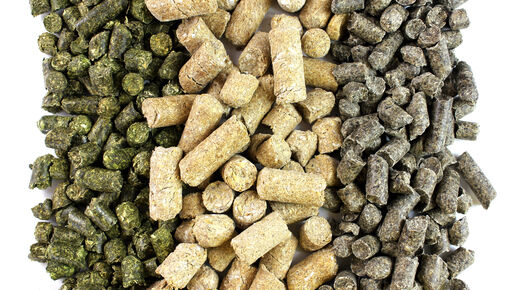
Feed additives: new guidance for renewal of authorisation

Farewell to Vittorio Silano: 1940-2020

Pesticides: EFSA to examine emergency use of neonicotinoids

‘Use by’ or ‘best before’? New tool to support food operators

Existing guidance appropriate for assessment of genome editing in plants

Avian influenza: virus spreading rapidly in Europe

EFSA advises on risk assessment of engineered gene drives

SARS-Cov-2 variants in mink: rapid assessment published
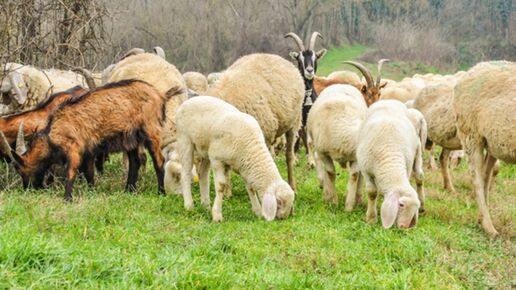
Rift Valley fever: surveillance measures assessed

Slaughter of cattle: welfare issues assessed

Avian influenza: EU on alert for new outbreaks

PFAS in food: EFSA assesses risks and sets tolerable intake

EFSA launches ‘Stop African swine fever’ campaign in south-east Europe

Glycoalkaloids in potatoes: public health risks assessed

Pesticides and bees: evidence on mortality rates reviewed

Parma Summer School 2020 ‘One Health’: a virtual experience

Pigs at slaughter: measures to address welfare concerns

‘Food safety is everyone’s business, now and in the future’ – celebrating World Food Safety Day 2020

Ochratoxin A in food: public health risks assessed
Cumulative risk assessment of pesticides: FAQ

Pesticides: first cumulative risk reports published

Xylella: 37 new plant species added to host list

Protecting Europe’s plants: pest survey cards go digital

Listeria in frozen vegetables: how to reduce risks

Foodborne outbreaks caused by Salmonella in 2018
EFSA dashboards are an interactive way of providing scientific information on EFSA topics. Click here to check out the latest data on foodborne outbreaks caused by Salmonella in 2018.

Pesticide residues in food: track trends with our browsable charts

The 2018 European Union Report on pesticide residues - the EU-coordinated programme results
EFSA dashboards are an interactive way of providing scientific information on EFSA topics. Click here to check out the latest data on pesticide residues in 2018.
















